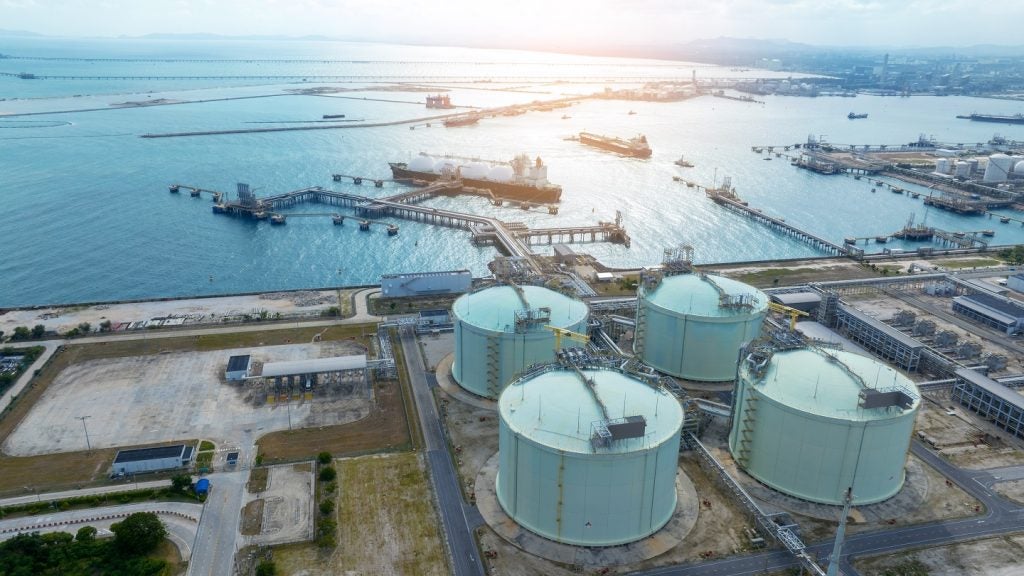
Coal bed methane (CBM), or coal seam gas (CSG) as it’s referred to in Australia, is a naturally occurring methane gas with characteristics similar to that of conventional natural gas.
Its regular applications are the same as that of natural gas and it is usually extracted by pumping water into the deep coal bed, thereby extracting the methane adsorbed over the coal deposits.
The industry itself is attractive, driven by significant coal reserves, with China, Australia and India all providing healthy prospects for CSG / CBM development in Asia.
Substantial coal reserves in certain Asian countries such as Australia, China and India provide a major boost for CSG or CBM development activities in Asia. As in 2010, the three countries collectively accounted for about 94.6% of Asia’s anthracite, bituminous, sub-bituminous and lignite coal reserves.
China leads the region’s anthracite, bituminous, sub-bituminous and lignite coal reserves with a 43.1% share, in Asia, followed by Australia with 28.7%.
See Also:
These countries are followed by India, Indonesia and Vietnam. As CBM or CSG is extracted from coal seam, the abundance of coal reserves in Asian countries provides significant potential for the exploration of methane gases.
How well do you really know your competitors?
Access the most comprehensive Company Profiles on the market, powered by GlobalData. Save hours of research. Gain competitive edge.

Thank you!
Your download email will arrive shortly
Not ready to buy yet? Download a free sample
We are confident about the unique quality of our Company Profiles. However, we want you to make the most beneficial decision for your business, so we offer a free sample that you can download by submitting the below form
By GlobalDataAustralia leads the region in CSG production, China and India are other emerging markets
As of 2010, Australia is the most developed CSG / CBM market in Asia, with an estimated CSG production of 205.6 billion cubic feet (bcf). Within Australia, Queensland and New South Wales are the key centers for CSG activities.
Of the total CSG production of 205.6bcf in Australia in 2010, about 200bcf was contributed by CSG projects in Queensland. Besides Australia, other emerging CBM markets in Asia include China and India. China witnessed CBM production of about 127bcf in 2010, while India’s CBM production in the same year was recorded to be about 1.96bcf.
Increasing gas demand in Asia leading to growth in CBM development
Increasing demand for natural gas will be a major factor for the growth of the CBM industry in Asia. Driven by rapid industrialisation and economic developments, especially in China and India, natural gas consumption in the region has increased substantially during the last decade.
This trend is expected to continue in the future. According to the US Energy Information Administration (EIA), China will have the highest natural gas demand by 2030, followed by India and Japan.
A key reason for natural gas demand in these countries is their increasing preference to use natural gas for power generation, instead of using coal.
The figure below shows the natural gas consumption of key Asian countries during 2005 – 2035. The expected rapid growth of natural gas consumption in key Asian countries has demanded the development of unconventional gas sources in these countries.
In order to achieve this, China has aggressively pursued the development of its shale gas and CBM resources. Also, Australia has already witnessed major success in development of its CBM resources. Similarly, other Asian countries with significant coal reserves such as India, Indonesia and Vietnam are trying to develop their CBM resources.
Coal seam gas development in Australia is leading to an increase in liquefied natural gas liquefaction projects
Rapid development of CSG production activities in Australia has resulted in a sharp increase in natural gas production in the country.
This, in turn, has led to an increase in planned liquefied natural gas (LNG) liquefaction projects in the country, enabling the exportation of excess natural gas. Substantial CSG reserves in Eastern Australia have led to a number of LNG developments in the area, which are currently being developed into huge offshore LNG developments.
In 2009, the proposal of eight LNG plants was announced in Queensland, with the majority of these proposed to source feed gas from coal seam gas resources in the region. These eight projects, when fully operational, will represent a LNG liquefaction capacity of about 43 million tons per annum (MMtpa).
As of mid of June 2011, three of the eight projects had received approval from the Federal Government, with LNG exports expected to begin in 2015. Some of the major LNG liquefaction projects proposed in the country include Queensland Curtis LNG, a project announced in 2010 with first exports scheduled for 2014, Gladstone LNG, a project that is currently under construction with first production expected in 2015, and Australia Pacific LNG, a joint venture between Origin Energy and ConocoPhillips that will develop Origin’s CBM fields and construct a LNG facility at Laird Point on Curtis Island, Gladstone.
Other LNG projects proposed are Shell / PetroChina LNG Project, Fisherman’s Landing LNG Project, Sun LNG Project, Southern Cross LNG Project and Abbot Point LNG Project.
CBM Production Affected by Slow Development of Associated Infrastructure
In certain Asian countries, the CBM development activities are affected by a lack of associated infrastructure. Countries such as Vietnam and India are key examples. Australia and China have announced huge LNG projects and pipeline facilities to support CBM development. However, these projects are scheduled to become operational only three to four years from now.
Commercial production of CBM will be further encouraged and become profitable, when companies have the required infrastructure to transport the produced gas to demand centers or to the nearest export terminal.
Besides infrastructure, other challenges for CBM development include the availability of drilling technology for low cost drilling and comprehensive reservoir descriptions.
For more details on the full GlobalData report, ‘Coal Seam Gas (CSG/CBM) in Asia, 2011 – Market Analysis, Investment Scenario, Competitive Landscape and Production Forecasts to 2015’, click here.
GlobalData is an industry analysis specialist company providing business information products and services. Its highly qualified team of analysts, researchers and solution consultants use proprietary data sources and various tools and techniques to gather, analyse and represent the latest and the most reliable information essential for businesses to sustain a competitive edge.





